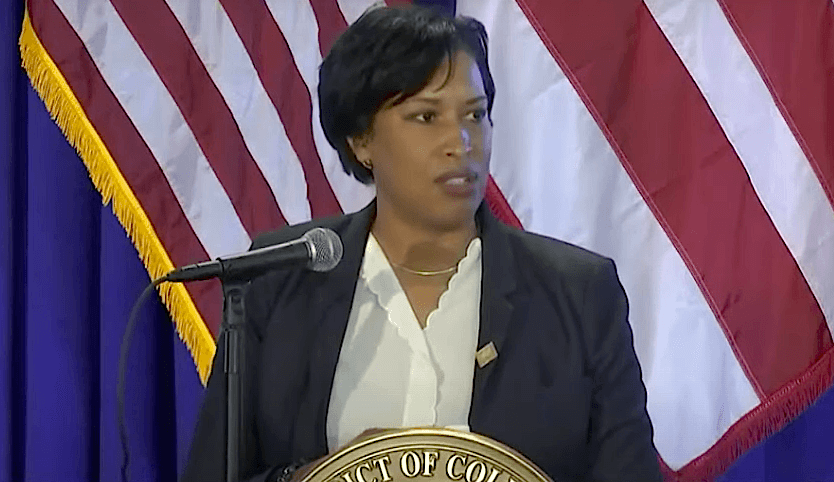Mayor Announces Reopening Group, Contact Tracing
By • April 23, 2020 0 1076

It’s time to start organizing for the reopening of Washington, D.C., said Mayor Muriel Bowser, offering “a sense of hope” that the city is getting “on the other side” of the pandemic.
At an April 23 press conference, Bowser announced the formation of a reopening advisory group made up of District governmental and community leaders, to be guided by 12 committees representing different city interests.
“The stay-at-home orders, however, will remain in place at least until May 15,” Bowser said. “Organizing for recovery shows our hopes for the future recovery. But for the immediate present, we are focused on increasing testing for the virus, especially among the most vulnerable communities, including residential care facilities and shelters, as well as supporting quarantine, isolation and hospitalization for those who test positive.”
Bowser said that D.C.’s planning is aligned with that of the federal government’s three-phase economic recovery plan — noting that D.C.’s process will reflect four priorities: health, opportunity, prosperity and equity. Committees will focus on aspects of recovery such as transportation, education, retail, restaurants and food service, hotels, entertainment and governmental operations.
A new emphasis will be contact tracing. The District is preparing to hire almost 1,000 virus contact tracers soon, the mayor said.
“As testing increases, so will the need for trained contact tracers to conduct in-depth interviews of each of the some eight people, on average, that a positive carrier has contacted at least two days before being tested,” said LaQuandra Nesbitt, M.D., director of the District Department of Health.
“Currently, we only have about 65 people who can do it, but we expect to have some 200 people trained soon,” Nesbitt added. Job announcements for the new positions are being developed.
Meanwhile, testing for the coronavirus itself is increasing exponentially throughout the District, according to the mayor. “A new testing site just opened at UDC. From about 3,700 tests a week, the number is expected to more than double with the introduction of a new testing device that will be introduced soon.”
Economic recovery planning for the District is partly based on the fact that no hospital in the District is short of testing personnel, beds or ventilators. “No hospital has reported having to borrow or loan out equipment,” Bowser said.

